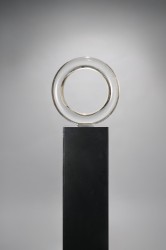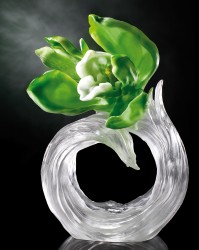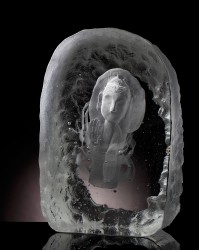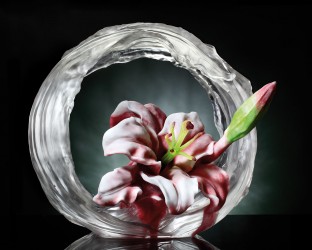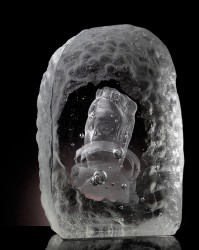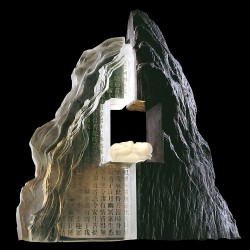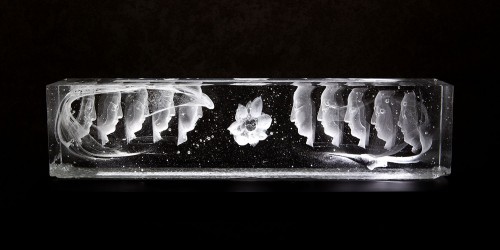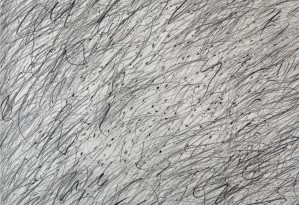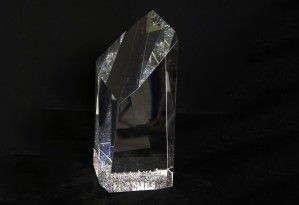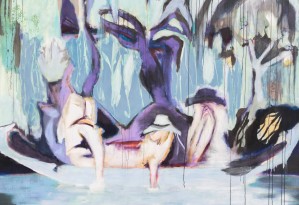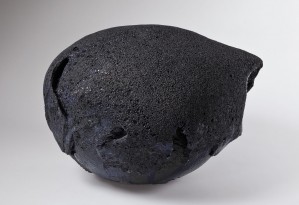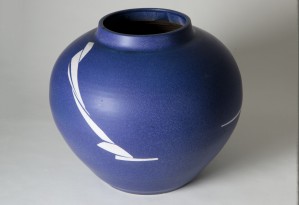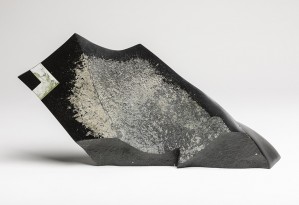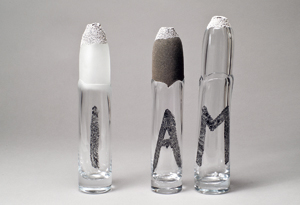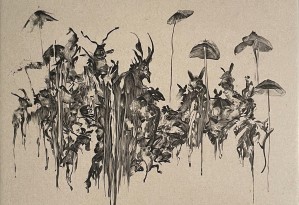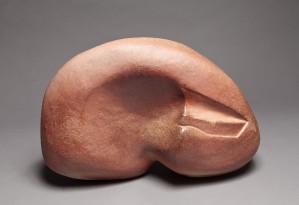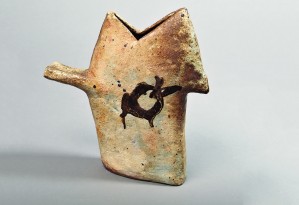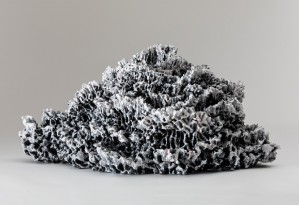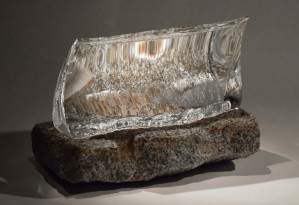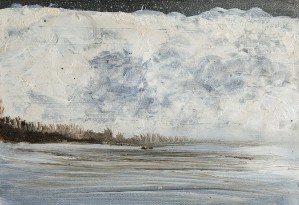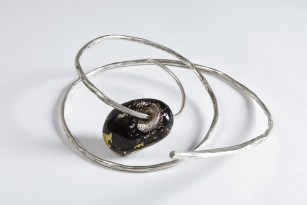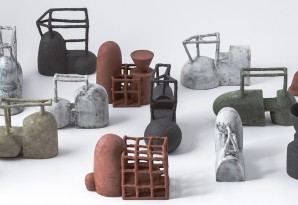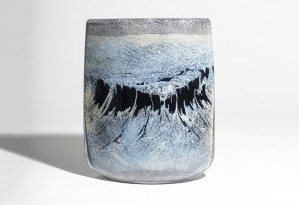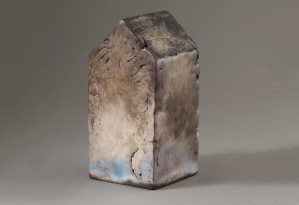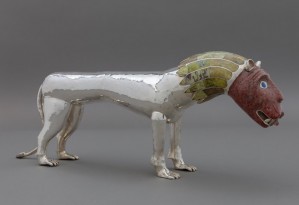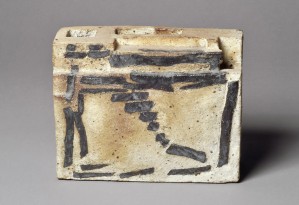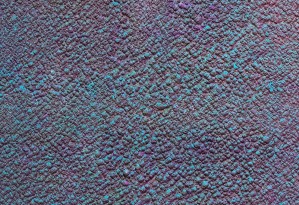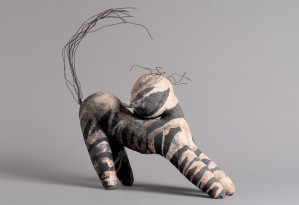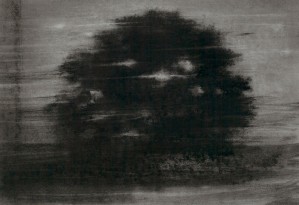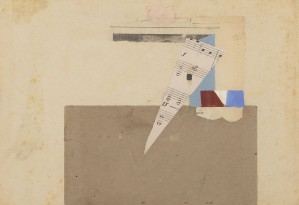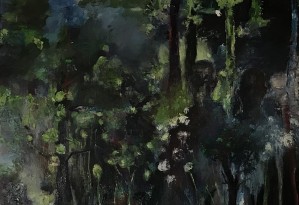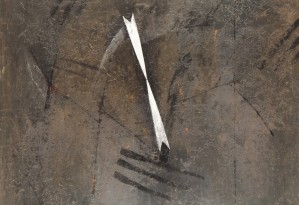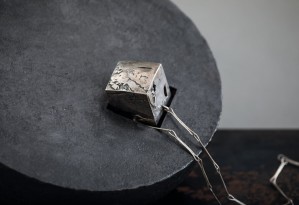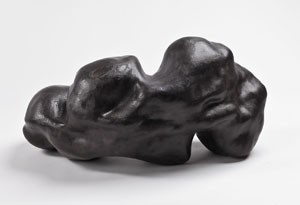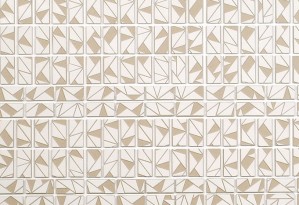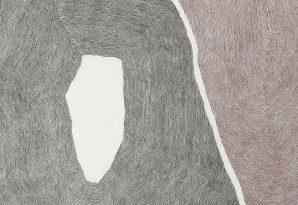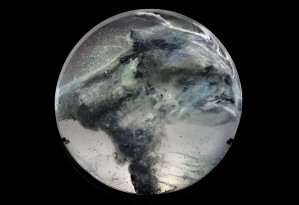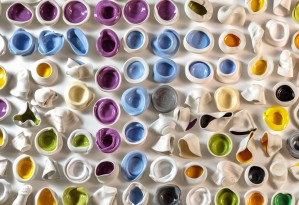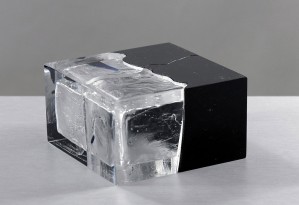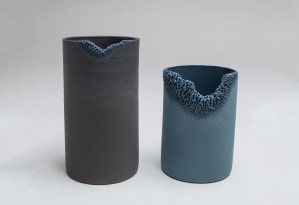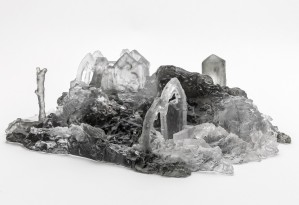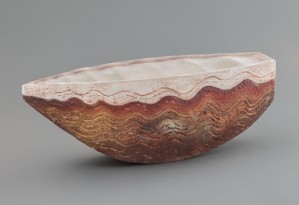YANG Loretta, glass sculpture, permanent artist of Galerie Capazza since 2004
Loretta Yang considers glass as being the most appropriate material to formulate her origins in Asian culture or the cyclical conception of time expressed in the never-ending eternity of life, up until the enlightenment, where the «body and the spirit become similar to crystal. Pure, transparent. Perfect». The divinities of the series «Beyond the form», frozen forever in glass, are a perfect illustration of this and are also a representation of the Buddhist philosophy that all things are transient. In the series entitled «The flowers are open, the moon is full», the artist recalls the ephemeral aspect of life : the unique moment, between blossoming and withering, where the flower is at the height of its beauty.
Biography
Loretta Yang was born in 1952 in Taipei, on the island of Taïwan. Fascinated by glass, she established the first Chinese contemporary glass workshop with Chang-Yi in 1987 - Liuligongfong - to enable the Pate-de-verre techniques lost since the period of Ancient China, to be revived. Interested in the history of glass, she visited Conches in 1991, and was invited by Antoine Leperlier, to discover the work of his grand-father François Décorchemont (1880-1971).
For Loretta Yang, as for Antoine Leperlier, the technique of Pate-de-Verre is a means of expressing the question of time and thus also the existential issue of Being and Life. Under the effect of heat, glass is transformed from a liquid to a solid state. Its fluidity is fixed in art objects that for some remind us of a serene vision of time, and on the contrary for others recall the melancholic tradition of its passing. The eternal Buddhists and the excessive refinement of Loretta Yang’s lotus blossoms are the expression of an oriental culture which seeks to show the fullness of life, whereas on the contrary, the still life and vanities by Antoine Leperlier undeniably remind us of the Western, linear conception of life, characterized by the inevitable payment for decadence then the ending of life.
The one and the other thus address the question of temporality by producing pieces that recall the history of their own civilizations and the imaginary and symbolic worlds that build them. Their creations refer to cultural and religious objects that exist in the West for popular religious devotion and which are still enshrined today in Far Eastern religious practice. Now they figure more as art objects than sculpture and in this way avoid the globalised aesthetic domination of Conceptual and Minimal Art.
Since in 1987, Flower is constant theme in Loretta Hui-shan Yang’s work. Because of flower’s beauty and blossom, the cycle of flower life is the most unique and extraordinary force in this living world, especially its gesture and color are showing so brilliant. It spells the co-dependence between nature and flower. Loretta Hui-shan Yang employs pâte-de-verre to expresses the most beautiful elements of the flower. It reveals the composure and harmony in everyday life, From the beginning of The Flowers are Beautiful and the Moon is Full series in 1998, to the 2004 Capazza Galerie exhibition in France, to the acquisition of Proof of Awareness by the renowned Corning Museum of Glass in 2007 and its prominent placement in the aforementioned museum, The Flowers are Beautiful and the Moon is Full is a sery consistently in the international spotlight.
Read morePublic Collections
2016 Musée des Arts Décoratifs, Paris, France
2010 Glassmusee Ebeltoft, Denmark
The Shangai Expo China Pavilion, Shangai
2007 Museum of Arts & Design, New York, USA
Corning Museum of Glass, New York, USA
2001 The Bowers Museum of Cultural Art, Los Angeles, USA
Museo del Vidro, Monterrey, Mexico
The Dunhuang Research Institute, Gansu, China
1999 Guanshanyue Arts Museum, Shenzhen, China
Guangdong Museum of Art, Guangzhou, China
1998 Victoria & Albert Museum, London, UK
1997 The National Museum of Women in the Arts, Washington D.C, USA
1996 The Tsui Museum of Art, Hong Kong
1995 Shanghai Art Museum, Shanghai, China
The Medicine Buddha Temple, Japan
1993/1998 The Palace Museum, Beijing, China
Exhibitions
2018 Verre et Chaos – La Genèse des images, retrospective exhibition of Antoine Leperlier at the Hôtel Goüin in Tours. The works of Loretta Yang accompanied this exhibition.
2017 Personal exhibition, Loretta Yang & Chang Yi, Galerie Capazza, Nançay
2016 Vénus et Vulcain, collective exhibition, Galerie Capazza, Nançay
Corps à Corps, collective exhibition, Musée du Verre, Conches
